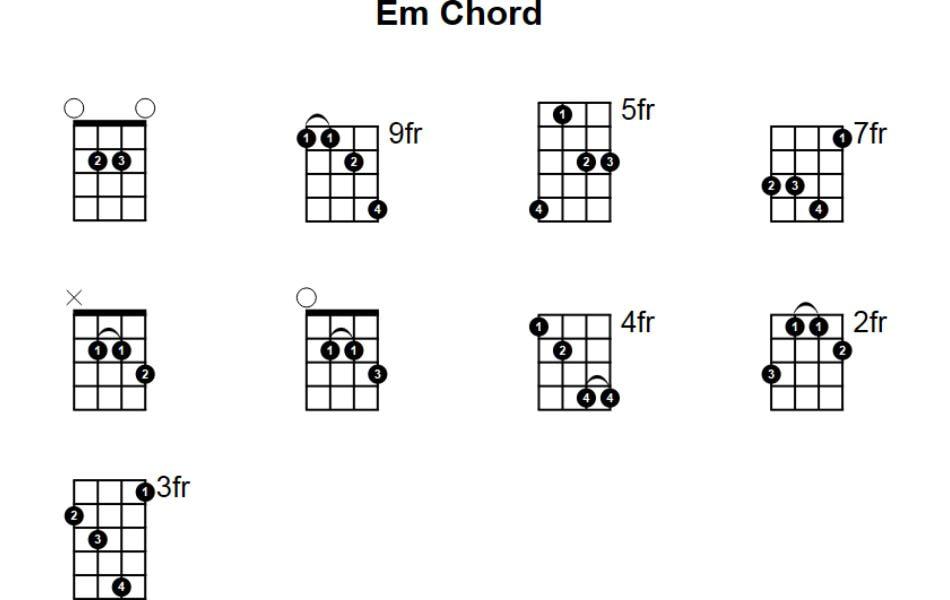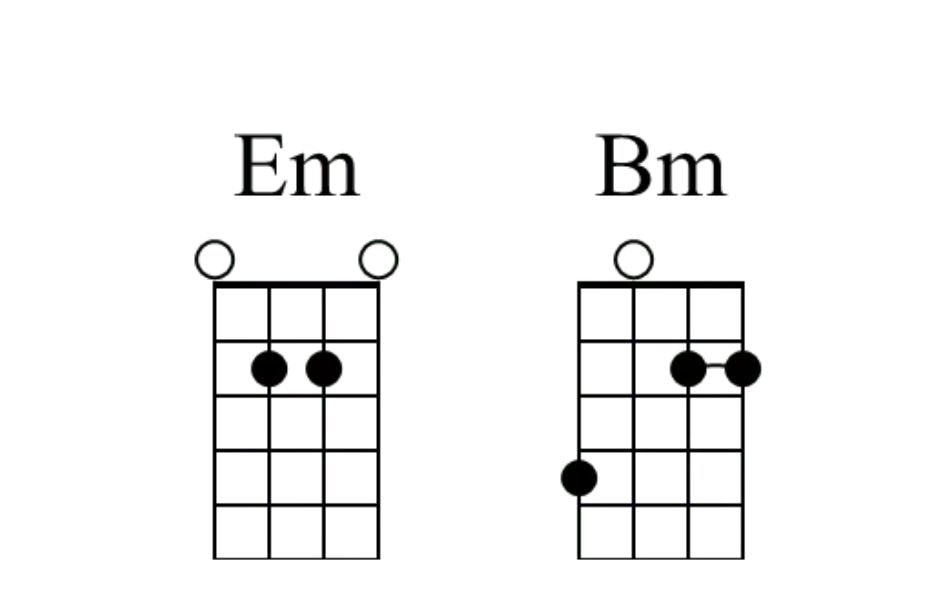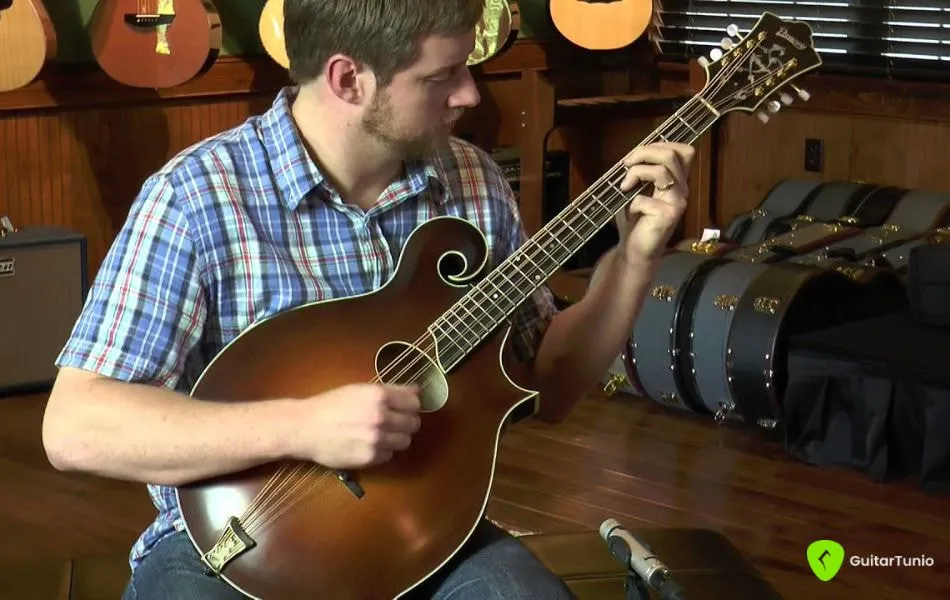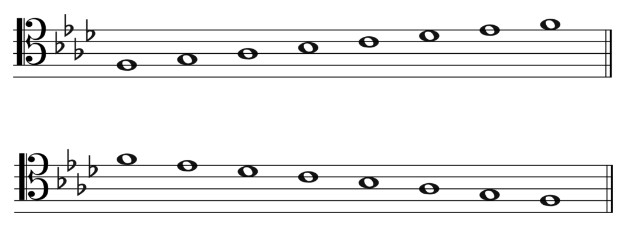How To Play E Minor Mandolin Chord
Learning and mastering the foundational chords is necessary to begin playing the mandolin. The E minor mandolin chord is one example of a basic chord. The ability to play this chord unlocks a world of musical possibilities and enables you to produce expressive and mournful sounds. We'll examine the methods and finger placements needed to play the Em chord in this guide.
What is E minor mandolin chord?
E minor mandolin chord (abbreviated as Em) is a basic chord in music, widely used on the mandolin and other musical instruments. E minor is a chord consisting of three notes: E (root), G (third), and B (fifth) in the natural musical scale. E minor is considered the relative minor of E major, where the G note in E major is lowered by a semitone to create E minor.
- Root (E): This is the most important note, providing the fundamental sense for the chord. On the mandolin, the E note is located on the 4th string (G string) and is the lowest note.
- Third (G): This note creates the minor characteristic, distinguishing E minor from E major. On the mandolin, the G note is located on the 3rd string (D string) and is the lowest note.
- Fifth (B): Reinforces and enriches the chord. On the mandolin, the B note is located on the 1st string (E string) and is the highest note.
Basic Features:
- Structure: E - G - B
- Character: Minor (due to the minor third, making the third note G instead of G# as in E major)
- Tone: Bright, melancholic (due to the minor characteristic)
- Common Usage: E minor is often used in music with a minor key or to create variation and emotion, usually combined with other chords to form a complete musical piece.

How to play E minor mandolin chord
Playing the E minor chord on the mandolin involves placing your finger on the second fret of the A string. This simple placement, to be elaborated in the following section, allows you to create the distinctive E minor sound on this beautiful instrument. Stay tuned for more detailed guidance on achieving this chord effortlessly.
Positioning:
- Place your mandolin on your lap or hold it comfortably.
- Ensure you have a good grip on the mandolin, with your left hand on the fingerboard and your right hand ready for strumming or plucking.
The mandolin typically has four pairs of strings (courses). Each pair consists of two strings tuned to the same note. The standard tuning for the mandolin is G - D - A - E, where each letter represents a pair of strings.
For the E minor mandolin chord, you'll use your fingers to press down on specific frets and strings. Place your index finger (usually the first finger) on the second fret of the A string (the second string).
With your left hand in position, use your right hand (or a pick) to strum or pluck the strings. Strum or pluck all the strings except the low G string (the lowest string). This will give you the E minor chord.
Contrast E minor to B minor mandoline chord
Each chord brings its own emotional depth and tonal qualities to the music. Let's delve into a comparison of the E minor and B minor mandolin chords, shedding light on their unique characteristics and how they shape musical compositions.
E minor (Em)
- Structure: E - G - B
- Characteristic: Minor
- Sound: Relatively bright and melancholic, characteristic of a minor chord.
B minor (Bm)
- Structure: B - D - F#
- Characteristic: Minor
- Sound: Warmer than E minor, but still carries a melancholic tone.

Distinctive Features and Playing Style
E minor (Em)
- Distinctive Features: Widely used, easy to play, and transition to other chords. The minor characteristic brings expressive emotions and is common in various music genres.
- Playing Style: Suitable for beginners, easy to find and play on the mandolin. Creates a melancholic sound and is suitable for a wide range of music.
B minor (Bm)
- Distinctive Features: Similar to E minor in its minor quality but warmer, often used to evoke strong and deep emotions.
- Playing Style: Somewhat more challenging than E minor due to the finger position. Suitable once you are familiar with basic chord playing and want to challenge yourself.
Recommendation for Beginners
Based on the characteristics and playing style, E minor (Em) is often considered more suitable for beginners. It's easy to play, easy to find, and provides a good entry point into the world of mandolin music. After becoming familiar with E minor, you can progress and try playing B minor when you feel more confident and want to expand your repertoire.
In conclusion, mastering the E minor mandolin chord is a fundamental step for any aspiring mandolin player. Understanding its structure, characteristic sound, and distinctive features sets the stage for crafting beautiful melodies across various music genres.








